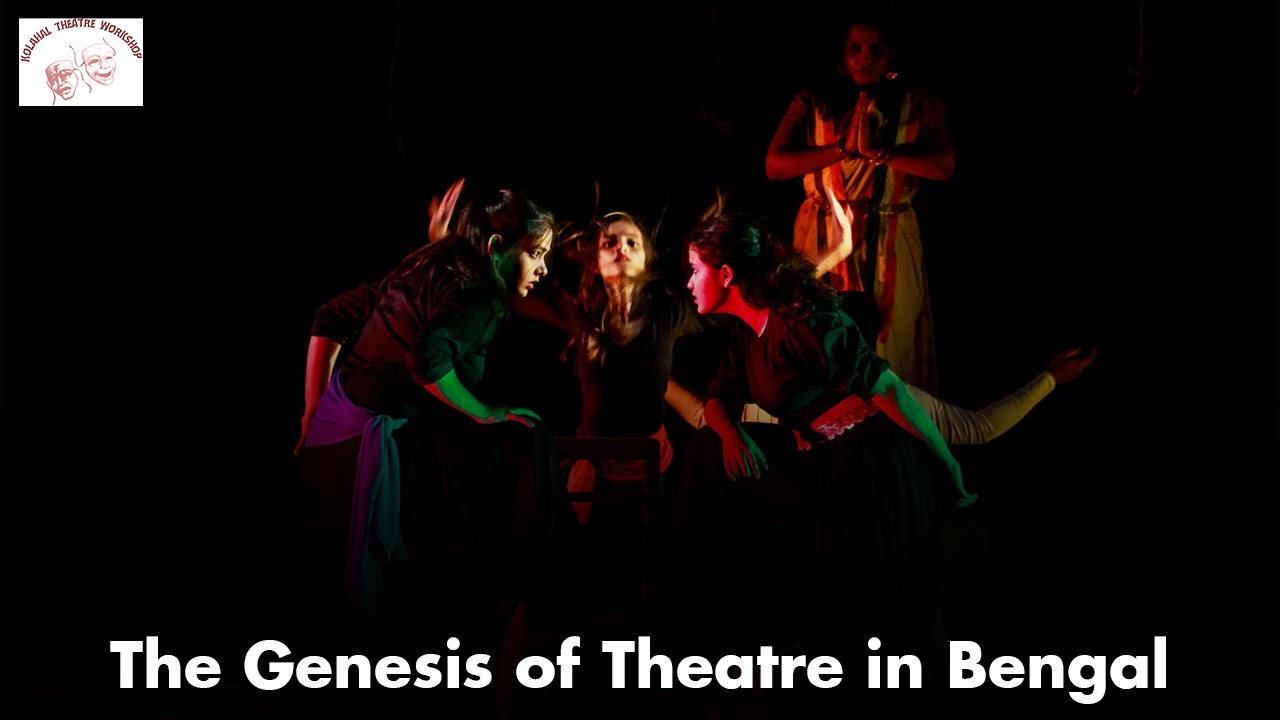The Role of Rasas in Theatre
Introduction
The concept of rasa, a fundamental aspect of Indian aesthetics, plays a crucial role in the realm of theatre. Originating from ancient Sanskrit dramaturgy, particularly the Natya Shastra attributed to Bharata Muni, rasas are the essence of emotional experiences that the audience undergoes while witnessing a performance. These emotional states are pivotal in conveying the underlying messages and themes of the play, transforming a mere act into a profound aesthetic experience.
Understanding Rasas
Rasas are often translated as “tastes” or “essences” and are essentially the emotional flavors that an artist aims to evoke in the audience. There are eight primary rasas, which were later expanded to nine, known as the Navarasa. Each rasa corresponds to a specific emotion:
- Shringara (Erotic)
- Hasya (Comic)
- Karuna (Pathetic)
- Raudra (Furious)
- Veera (Heroic)
- Bhayanaka (Terrible)
- Bibhatsa (Odious)
- Adbhuta (Marvelous)
- Shanta (Peaceful)
These rasas are derived from various bhavas or states of mind, which actors express through their performance, including facial expressions, gestures, dialogue, and actions.
The Role of Rasas in Theatrical Performance
- Emotional Connection: The primary role of rasas in theatre is to establish a deep emotional connection between the actors and the audience. By evoking specific rasas, the performance becomes more engaging and impactful. For instance, the portrayal of Shringara through romantic scenes can captivate the audience and make the narrative more appealing.
- Narrative Enhancement: Rasas enrich the storyline by adding layers of emotional depth. They provide a multi-dimensional experience that goes beyond the superficial plot. A well-executed expression of Karuna can make a tragic moment resonate profoundly, leaving a lasting impression on the audience.
- Character Development: The expression of different rasas helps in developing and defining characters. Each character can be associated with a predominant rasa, which drives their actions and interactions. For example, a heroic character predominantly evokes Veera, while a villainous character might often invoke Raudra or Bibhatsa.
- Cultural Expression: In traditional Indian theatre, rasas serve as a medium to convey cultural values and societal norms. They reflect the complexities of human emotions and relationships, mirroring the cultural and philosophical ethos of the time. Through the portrayal of these rasas, theatre becomes a conduit for cultural transmission and preservation.
- Aesthetic Pleasure: The ultimate goal of invoking rasas is to provide rasa-anubhava (the experience of aesthetic pleasure). This pleasure is not merely sensory but intellectual and emotional, leading to a cathartic experience for the audience. The interplay of various rasas creates a rich tapestry of emotions that leave the audience with a sense of fulfillment and contemplation.
Techniques for Evoking Rasas
- Abhinaya (Acting): The art of abhinaya involves the nuanced portrayal of emotions through facial expressions (mukhaja abhinaya), body movements (angika abhinaya), voice modulation (vachika abhinaya), and the use of props and costumes (aharya abhinaya).
- Rasa-Dhvani (Suggestion): Often, the indirect suggestion of emotions can be more powerful than explicit expression. This subtlety is achieved through the use of metaphors, symbols, and contextual cues that hint at deeper emotional undertones.
- Music and Dance: In Indian theatre, music and dance are integral to enhancing the emotional impact. The rhythm, melody, and lyrics of the music, along with the graceful movements of the dance, complement the acting and help in evoking the desired rasas.
- Set and Costume Design: The visual elements of a performance, including the set design and costumes, play a crucial role in setting the tone and atmosphere. They help in creating a believable world where the rasas can be effectively communicated.
Conclusion
Rasas are the lifeblood of Indian theatre, infusing performances with emotional vitality and aesthetic richness. By skillfully invoking these rasas, theatre practitioners can create an immersive and transformative experience for the audience, bridging the gap between the performers and spectators, and leaving an indelible mark on their minds and hearts. The enduring relevance of rasas in theatre underscores their timeless appeal and profound impact on human expression and cultural narrative.




